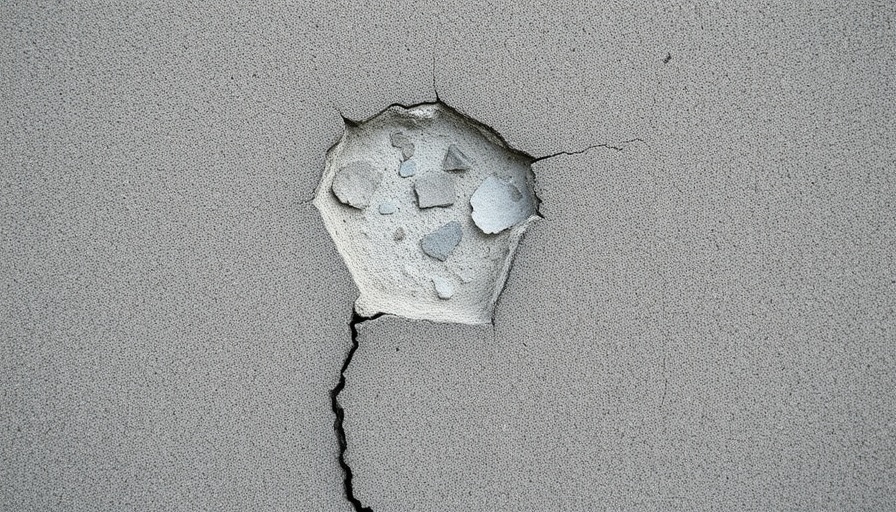
Understanding Your Bathtub Drain Clogs
It’s happened to everyone—you're ready to unwind in a soothing bath, only to find yourself staring into a murky pool of water that just won’t go down. Understanding the common culprits of a clogged bathtub drain can help you prevent future frustrations.
Bathtub clogs typically occur due to a combination of materials, including strands of hair, soap scum, and sometimes even misplaced items. Hair has a penchant for weaving into the drain’s mechanic, forming a solid mass, while soap scum contributes a sticky layer that further compounds the blockage. Occasionally, small objects like toys or jewelry may find their way into the drain, causing even more issues.
Effective Home Remedies to Unclog Your Bathtub
If you find yourself facing the dreaded clogged drain, don't panic! There are several DIY methods you can use to remedy the situation without the need for harsh chemicals or a costly plumber. Here are some tried-and-true techniques:
Boiling Water Method
Perhaps the simplest of all methods, pouring a pot of near-boiling water down the drain can work wonders. Heat water on the stove and carefully pour it directly into the drain. The hot water can help dissolve soap scum and loosen other debris causing the clog.
Baking Soda and Vinegar Method
This two-ingredient combination creates a fizzy reaction that can break down stubborn clogs. Start by pouring half a cup of baking soda down the drain, followed by one cup of vinegar. A cap or a cloth can be placed over the drain to enhance the reaction. After about 15 minutes, flush the drain with boiling water to wash away the remnants.
Plunger Approach
A trusty plunger can be your best friend during these moments. Ensure there’s enough water in the bathtub to submerge the plunger’s rubber head, and then pump vigorously to create a strong suction. If done correctly, this can dislodge the blockage and restore proper drainage.
Wet/Dry Vacuum Method
If you have access to a wet/dry vacuum, fear not—this tool can be extremely effective! Create a tight seal over the drain and set the vacuum to suck up water and debris. The powerful suction can pull out many types of clogs, leaving you with a clear drain.
Tools to Keep Handy for Future Clogs
In addition to your DIY methods, having the right tools on hand can make tackling these issues much easier. Consider investing in a drain snake for deeper clogs, a drain claw for grabbing debris, or even a simple drain strainer to catch hair and soap scum before they enter the pipes.
Preventive Measures for Clogged Drains
Once you’ve successfully unclogged your bathtub, it’s wise to take steps to prevent future clogs. Incorporate these habits:
- Brush your hair before bathing to reduce hair that may wash down the drain.
- Install a drain cover to catch hair and other debris.
- Perform monthly maintenance with baking soda and vinegar to keep your pipes clear.
When to Call a Professional
Sometimes, even with the best home remedies, a clog can be stubborn. If you’ve tried several methods without success, it may be time to call in a professional plumber. They have specialized tools and expertise that can effectively address more complicated drainage issues without causing damage to your plumbing system.
 Add Row
Add Row  Add
Add 




Write A Comment